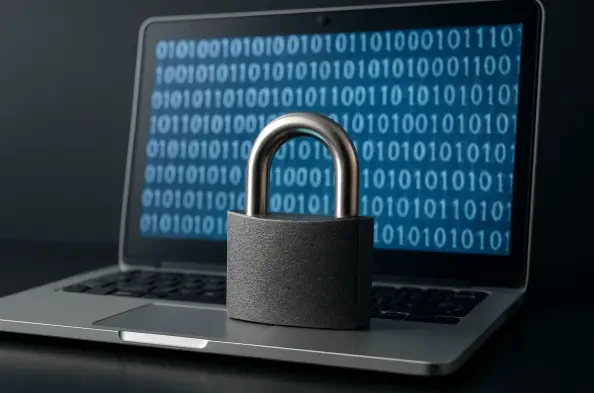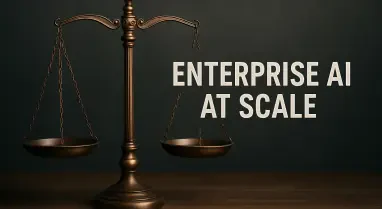What happens when the digital backbone of justice becomes a gateway for international espionage? Picture a foreign actor, possibly state-sponsored, sifting through sealed case files, informant identities, and classified legal proceedings—all from the comfort of a remote server halfway across the globe. This isn’t a dystopian thriller; it’s the alarming reality facing the federal judiciary today. Multiple breaches since 2020 have exposed critical vulnerabilities in the electronic case management system, raising urgent questions about the safety of sensitive data and the broader implications for national security. This issue strikes at the heart of trust in the legal system, demanding immediate attention.
The significance of this crisis cannot be overstated. The federal judiciary is not merely a repository of legal records; it is a cornerstone of democratic integrity, safeguarding information that, if compromised, could endanger lives and undermine national interests. With foreign adversaries potentially accessing confidential data, the stakes extend far beyond individual cases to the very stability of governmental trust. This feature delves into the systemic flaws plaguing the judiciary’s cybersecurity, amplifies the voices of concerned lawmakers and experts, and explores actionable paths forward to protect this vital institution.
A Breach Too Far: Why Are Court Systems Under Siege?
The federal judiciary’s digital infrastructure has become a prime target for cyberattacks, with breaches occurring repeatedly over the past few years. Hackers, including those potentially linked to hostile foreign entities like Russia, have exploited weaknesses in the electronic case management system, accessing sensitive information that should remain secure. These incidents are not mere technical failures but calculated assaults on a system integral to the nation’s legal framework, revealing a troubling pattern of exposure.
Each breach chips away at the foundation of public confidence in the courts. When sealed documents or informant details fall into the wrong hands, the consequences can be catastrophic, ranging from compromised investigations to direct threats against individuals. The judiciary, tasked with upholding justice, finds itself ironically vulnerable, unable to shield its own data from prying eyes. This persistent targeting by sophisticated actors underscores a chilling reality: the courts are not just under siege—they are a battleground in a broader cyberwar.
The motivations behind these attacks are as complex as they are dangerous. Foreign adversaries may seek to destabilize trust in American institutions, gather intelligence on high-profile cases, or exploit data for political leverage. As digital warfare evolves, the judiciary’s outdated systems stand as low-hanging fruit for those intent on disruption. Addressing this crisis requires understanding not just the how, but the why behind these relentless assaults on a critical pillar of democracy.
The Stakes of a Digital Judiciary in Crisis
In today’s interconnected world, a single cyberattack can ripple through entire systems, and the federal judiciary is no exception. The case management system, which handles everything from criminal filings to classified proceedings, holds data that is invaluable to adversaries. A breach here doesn’t just risk individual privacy—it threatens the integrity of legal processes and, by extension, the nation’s ability to enforce law and order.
Beyond immediate data loss, the geopolitical ramifications are profound. If foreign actors can access details of ongoing investigations or sensitive national security cases, they gain leverage that could influence diplomatic relations or even incite conflict. The judiciary’s role as an impartial arbiter is undermined when its digital walls are so easily breached, casting doubt on its ability to protect the very principles it upholds.
This crisis also affects every citizen who relies on the courts for justice. Whether it’s a whistleblower seeking protection or a defendant in a high-stakes trial, the assurance of confidentiality is paramount. When that assurance is shattered by cyber vulnerabilities, the public’s faith in the system wavers. The urgency to fortify these digital defenses is not just a technical necessity—it’s a matter of preserving democratic values against unseen threats.
Unpacking the Cybersecurity Failures of Federal Courts
At the root of the judiciary’s cybersecurity crisis lies a system that has not kept pace with modern threats. The current case management platform is outdated, often described as both insecure and prohibitively expensive to maintain. Unlike other federal agencies that have adapted to evolving cyber risks, the judiciary’s infrastructure remains a relic, ill-equipped to fend off sophisticated attacks that have become commonplace.
Compounding this issue is the slow adoption of basic security measures. Multi-factor authentication, a standard practice in federal executive agencies for over a decade, is still not fully implemented across the judiciary’s systems, with full rollout delayed for years. This lag in modernization leaves gaping holes for hackers to exploit, as evidenced by multiple breaches that have exposed critical data to unauthorized access.
Specific incidents paint a grim picture of the consequences. Over the past few years, foreign actors have infiltrated the system on at least two occasions, with recent reports suggesting possible involvement by state-sponsored groups. These breaches are not abstract warnings but tangible evidence of failure, highlighting the urgent need for a systemic overhaul. Without swift action, the judiciary risks becoming a perennial weak link in the nation’s security apparatus.
Voices of Alarm: Lawmakers and Experts Speak Out
Concern over the judiciary’s cybersecurity has reached the highest levels of government, with prominent figures demanding accountability. Senator Ron Wyden of Oregon has been a vocal critic, pressing Chief Justice John Roberts for an independent review by the National Academy of Sciences. In a pointed letter, Wyden criticized the judiciary for years of inaction, arguing that expert recommendations to modernize have been consistently ignored.
Echoes of frustration come from other corners as well. Former House Judiciary Chairman Jerrold Nadler has previously highlighted the system’s inadequacies, while current judiciary IT chair Judge Michael Scudder admitted in recent testimony that the case filing platform is obsolete. Scudder’s candid acknowledgment reinforces a growing consensus: the judiciary cannot continue to operate on outdated technology in an era of relentless cyber threats.
These voices collectively underscore a critical oversight failure. Despite repeated warnings and clear evidence of breaches, progress has been glacial. The call for external evaluation, as championed by Wyden, reflects a broader distrust in the judiciary’s ability to self-regulate on cybersecurity matters. The message from lawmakers and experts alike is unmistakable: reform is not optional but imperative to safeguard national interests.
Charting a Path Forward: Securing the Judiciary’s Future
Rebuilding the judiciary’s cybersecurity framework demands bold, decisive action rather than incremental fixes. Accelerating the implementation of modern security protocols, such as multi-factor authentication, must be prioritized to close existing vulnerabilities. Waiting any longer to adopt these basic defenses is a gamble with stakes too high to ignore, given the frequency of attacks.
Investment in a complete overhaul of the case management system is equally critical. Replacing the antiquated platform with one built on robust encryption and resilience against foreign threats should be a non-negotiable goal. This isn’t just about technology—it’s about ensuring that the judiciary can fulfill its role without fear of compromise. Collaboration with government cybersecurity experts can help align these efforts with best practices already proven effective elsewhere.
Finally, establishing independent oversight offers a pathway to accountability. An external review, as advocated by Senator Wyden, would provide transparency and ensure that reforms are not just promised but executed. By fostering a culture of vigilance and adaptability, the judiciary can transform from a target into a fortified bastion of justice. These steps, taken together, represent a blueprint for restoring trust and protecting the nation’s legal foundation from digital threats.
Looking back, the journey to address the federal judiciary’s cybersecurity crisis revealed a stark reality: systemic flaws had left a vital institution exposed to relentless foreign threats. Breaches had not only compromised sensitive data but also shaken public confidence in the courts’ ability to protect justice. Lawmakers like Senator Wyden, alongside judicial insiders, had raised alarms, pushing for reforms that could no longer be delayed. Reflecting on this period, the path ahead became clear—modernizing infrastructure, enforcing strict security protocols, and embracing independent oversight were essential to prevent future failures. The nation’s security demanded nothing less than a judiciary equipped to withstand the digital battles of tomorrow.






